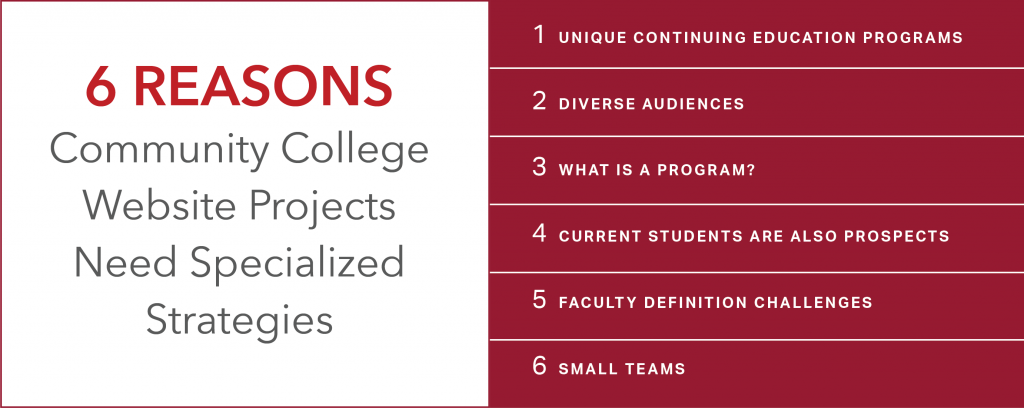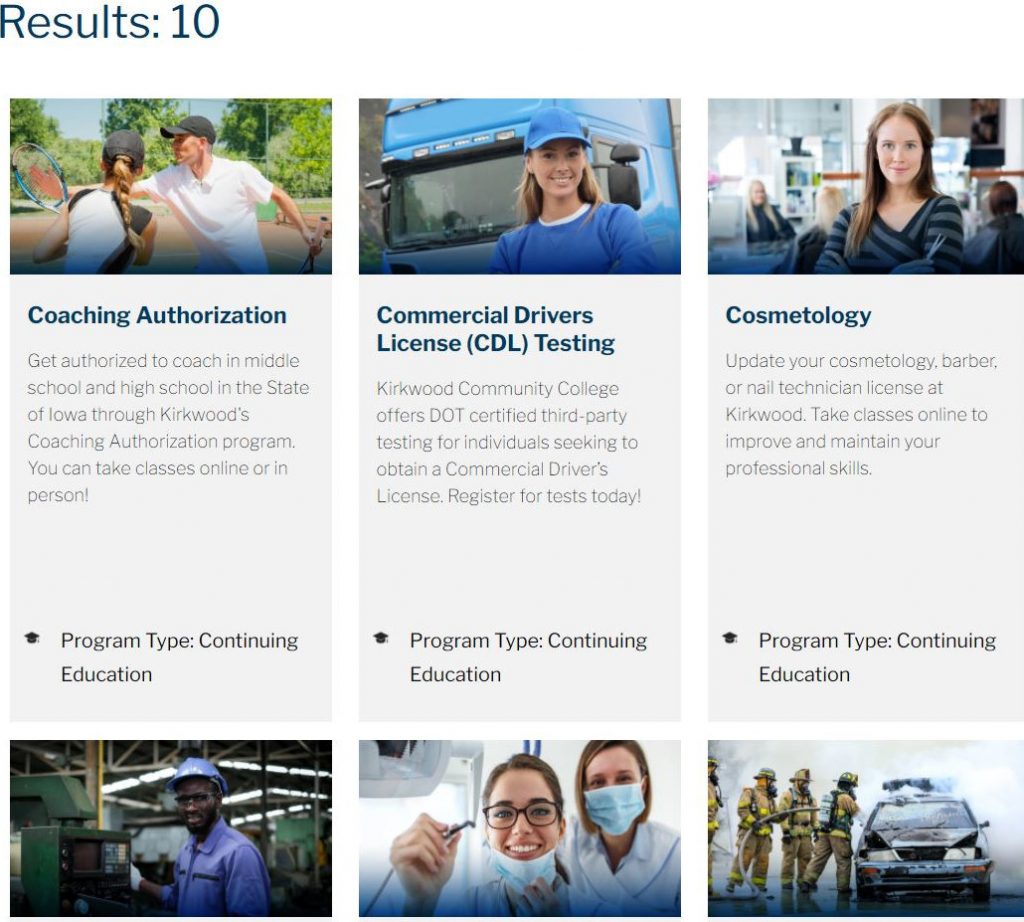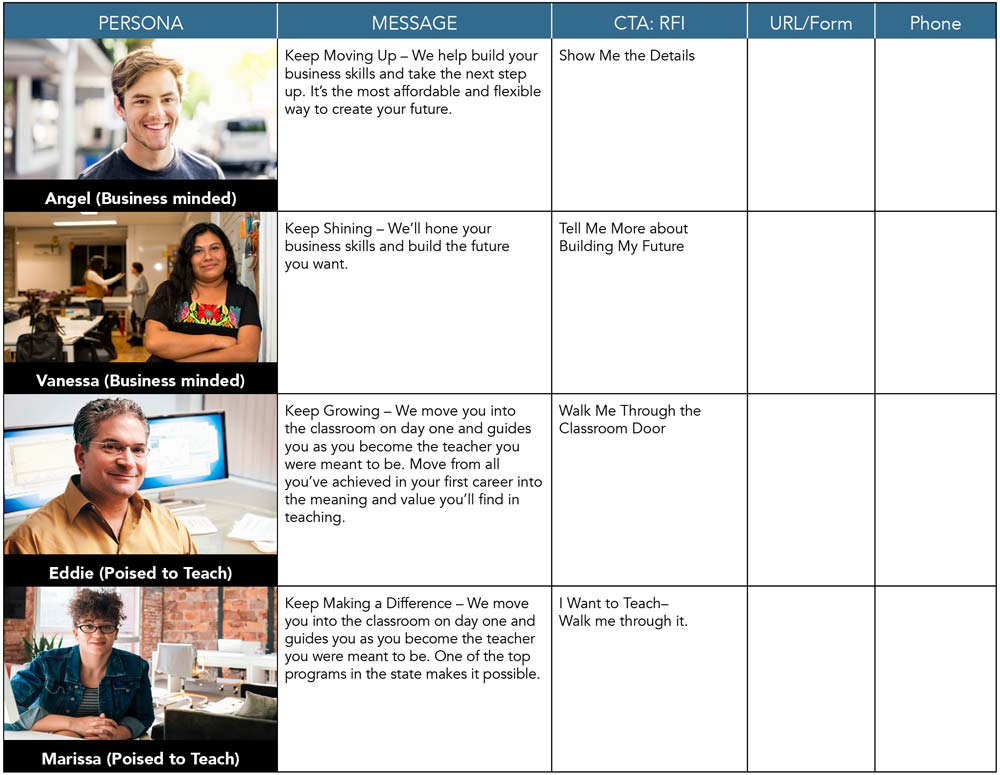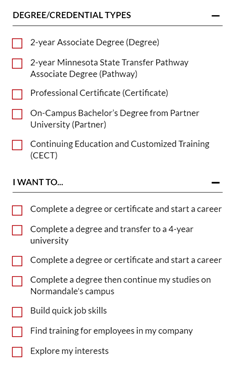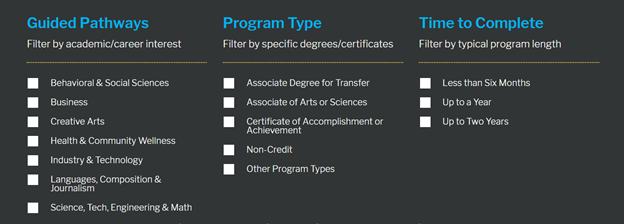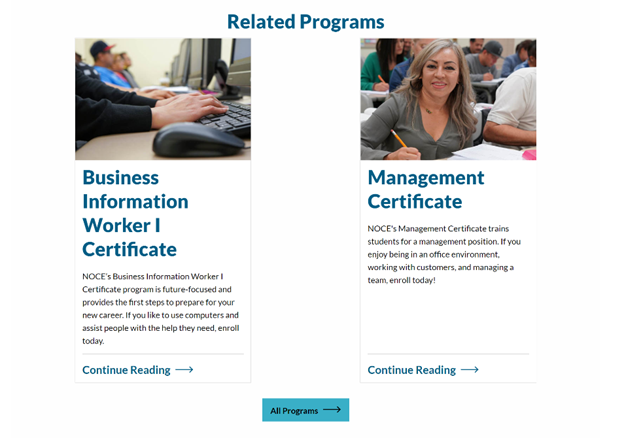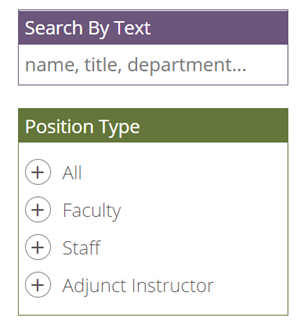Implementation, someone once said, is where good marketing goes to die.
Recognizing the real challenges to implementation, I want to close this series on the most important things I’ve learned about marketing by offering 10 ideas that will help you implement your marketing strategy.
Read Next: Why You Must Measure the Return on Your Marketing Investment
OK, let’s begin:
1. Commitment
Begin by making sure everyone on the team is committed to implementation. Stack your team with doers and not just thinkers. While analysis and discussion are good, too much of either saps the energy from your strategy. Focus on “good enough” because perfect simply costs too much.
2. Manage Expectations
Manage campus expectations. It is important to remember that marketing is not a sprint, but a marathon. Like a capital improvement plan, your team and other campus leaders must be in it for the long haul. It may well take a year or more before your marketing efforts positively impact your brand and your ability to recruit students and raise dollars.
3. Research
Make sure your marketing strategy is built on a careful analysis of your marketplace, your competitors, and your institution. This often requires both qualitative and quantitative research as well as the robust evaluation of secondary data. This firm foundation is essential for marketing success.
4. Think About Implementation
Begin thinking about implementation as early in the strategy development and planning process as possible. In particular, think carefully about the size, abilities, and bandwidth of your staff. It does little good to develop a strategy that your staff can’t implement.
At this early stage you should also be thinking about the size of your marketing budget. More than reallocated (or centralized) dollars, this budget may also include new dollars. If so, make sure those dollars are not a one-time investment and will be available for the life of the plan.
5. Plan
Next, write a plan that contains a handful (no more than four or five) clearly defined and quantifiable marketing goals, clearly defined target audiences, and a set of action plans that clearly define who is doing what and when. Finally, tie everything to a calendar that is manageable and easy to monitor.
Did you notice how often I used the words “clearly defined.” That was purposeful. Ambiguity at the planning stage will significantly undermine your ability to implement later.
One other reminder here: Keep your plan simple. This is especially true if your institution is new to marketing. Fewer more important goals that are swarmed with resources are always better than too many goals that stretch capacity and budgets.
Yet another reminder here: Make sure the breadth and complexity of your marketing goals correlate, at least roughly, with the size of your marketing budget.
If you would like a more detailed marketing plan outline, or an action plan template, please let me know.
6. Communication
Communicate the goals of the plan widely and show how the entire campus is involved in marketing and not just the marketing department. Spreading ownership is central to marketing success.
7. Measure
Set up a dashboard for tracking your efforts. One of the sacred truths of marketing is that you can’t manage what you don’t measure. Measurement not only shows progress, but it also highlights both miscues and successes that might warrant expanded investment.
8. Revisit
Continually refine your plan. Remember, you are not wedded to any specific strategy. Instead, you are only wedded to results. Don’t be afraid to modify, tweak, or even cancel something in your plan if you have a better idea.
9. Celebrate
Celebrate successes and acknowledge the occasional failure. Few things create momentum faster than communicating and celebrating success. When you communicate progress confidence is built and resistance will slowly erode and more people will jump on the bandwagon.
Even as you celebrate success, however, don’t forget to acknowledge the occasional failure. While celebrating success builds momentum, letting people know about the occasional failure increases trust.
10. Go
Lastly, just do it. Quit thinking you need more research, better goals, or perfect creative. Don’t worry that everyone is not on board (they never will be). Don’t wait for the perfect time (there is none), don’t worry that a competitor will or won’t do something (they will or won’t regardless of your marketing plan).
Just shift into drive and press on the gas.
Read Next: Invest In Your Own Career

